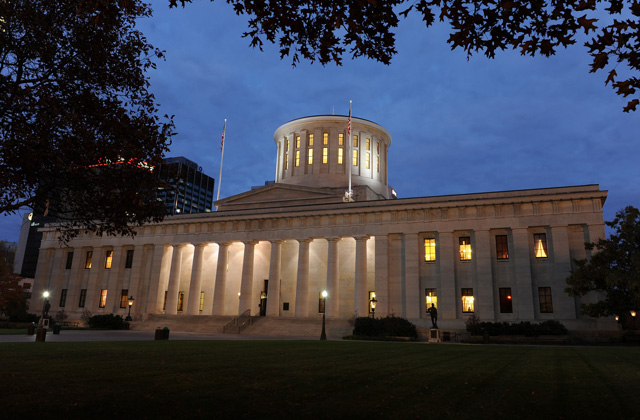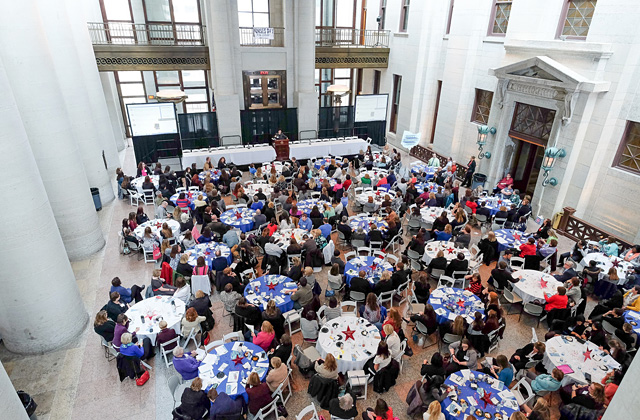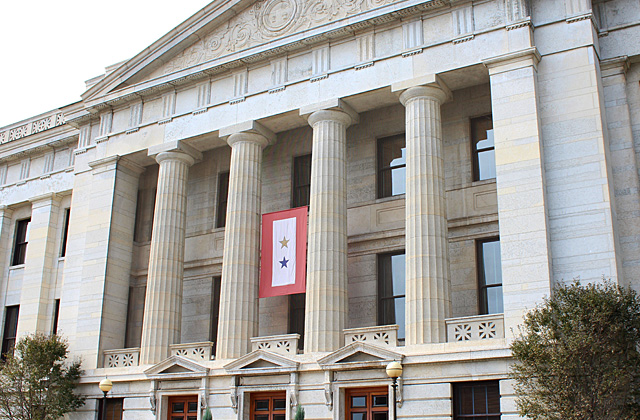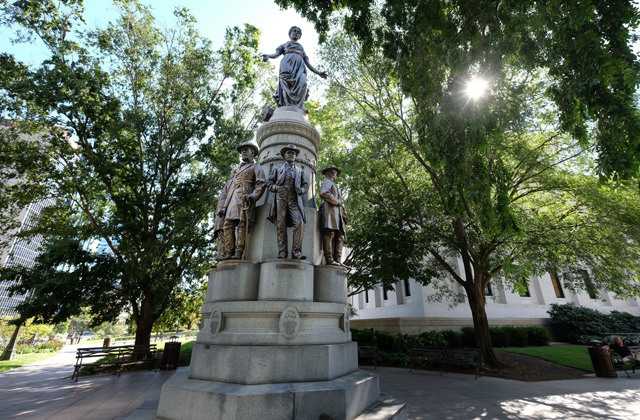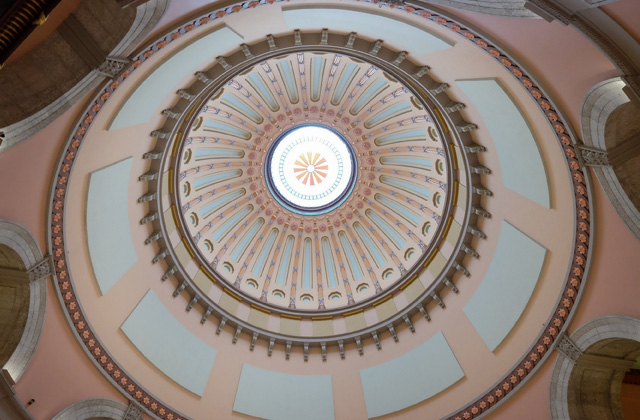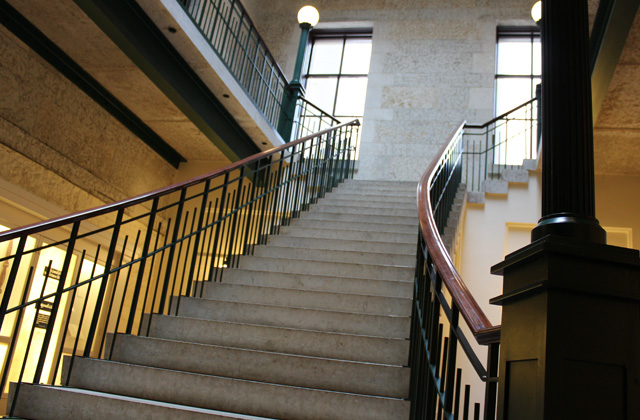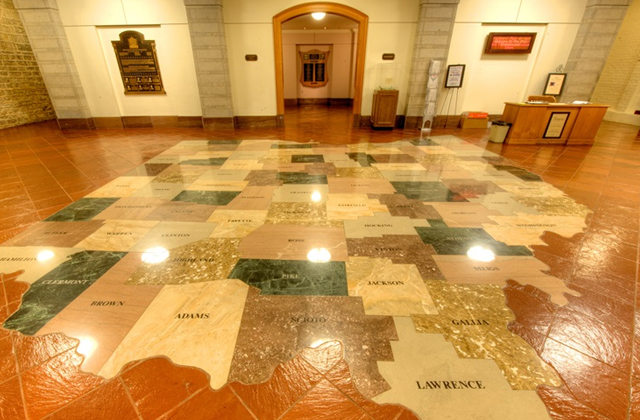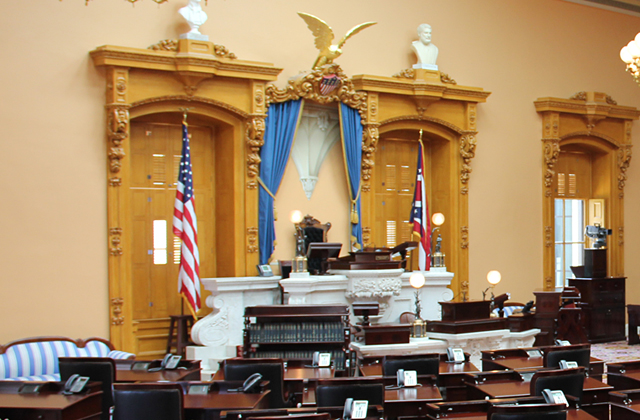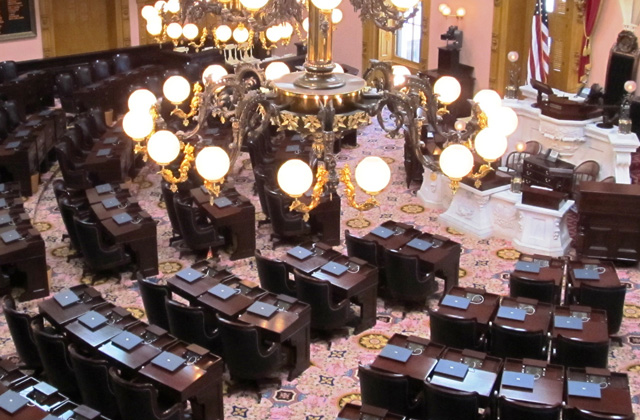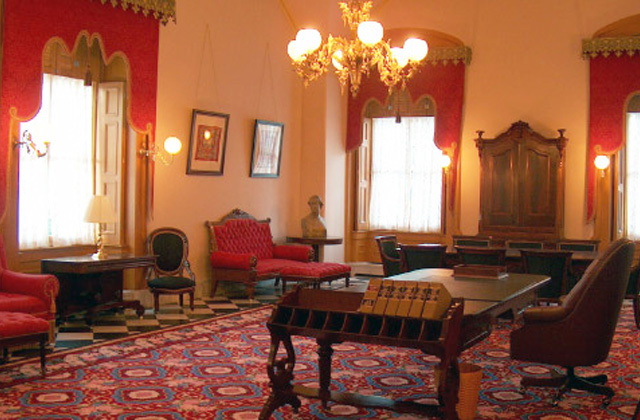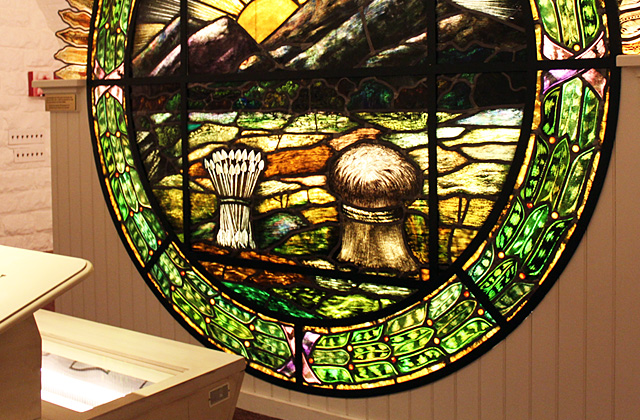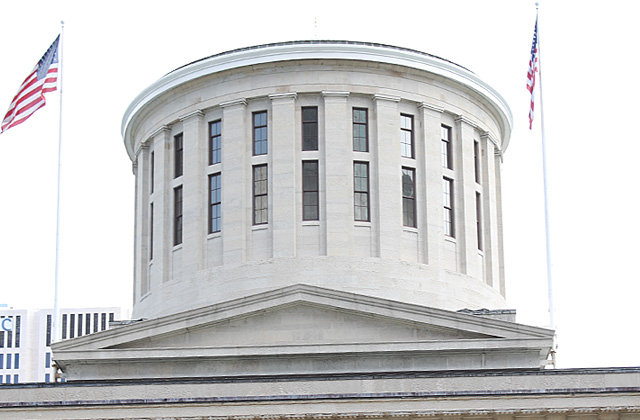


The Rotunda
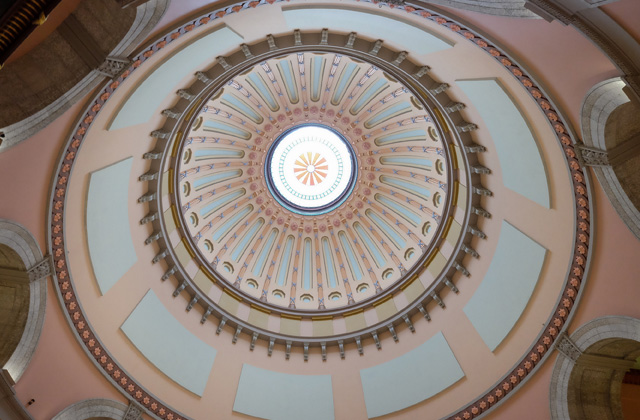 The Rotunda is one of the most remarkable spaces in the Statehouse. Stretching 120 feet from the floor to the skylight, the Rotunda is filled with 12 different colors and distributes light to other areas of the building.
The Rotunda is one of the most remarkable spaces in the Statehouse. Stretching 120 feet from the floor to the skylight, the Rotunda is filled with 12 different colors and distributes light to other areas of the building.
The Rotunda skylight is 67 feet lower than the United States Capitol Building in Washington, D.C.
The crown jewel in the Rotunda's dome is its 29-foot-wide skylight. The center circle of the skylight is a hand-painted Great Seal of Ohio, a reproduction of the Seal that was in use in 1861 when the Rotunda was completed. The restoration of this skylight was funded by schoolchildren across the state in a penny-collection campaign, spearheaded by Bob Evans Farms.
The seal in the dome, which is 2'8" in diameter, is slightly different than the seal in use today. You'll notice this seal not only has the mountains, a sheaf of wheat and a bundle of arrows, but it also includes a canal boat in the foreground. The canals were an important mode of transportation at the time this seal was designed (circa 1847). The seal has changed multiple times in the course of Ohio's history.
The floor of the Rotunda consists of nearly 5,000 pieces of hand-cut marble from around the world. The salmon stones are from Portugal; the black and green marble is from Vermont; and the white marble is from Italy.
Rotunda Artwork
There are two famous pieces of original artwork in the Rotunda. Perry's Victory, painted by William Powell of Cincinnati, commemorates the Battle of Lake Erie. The painting depicts America's effort commanded by Commodore Oliver Perry to reclaim control of Lake Erie from the British during the War of 1812. This victory ensured America's westward expansion.
Also situated in the Rotunda, the Lincoln-Vicksburg Memorial, sculpted by Thomas D. Jones of Cincinnati, consists of a white Carara marble bust of Abraham Lincoln and a marble relief of the Confederate Army's surrender at Vicksburg. The bust is the only portrait statue that Lincoln sat for during his lifetime, and is considered a good likeness. When asked by the artist what he thought of the work, Lincoln replied, "I think it looks very much like the critter."
Just outside of the Rotunda hangs another original piece of art. The Signing of the Treaty of Greeneville, by Howard Chandler Christy, depicts the negotiations between representatives of the U.S. government and Native Americans that led to the eventual United States control of the Northwest Territories. This painting was completed in 1945 and hangs above the east stairs.
In 1857, citizens from all over Ohio were invited to partake in the Grand Jubilee, the historic Statehouse opening. The Rotunda was filled with banquet tables heaped with food. Guests that evening consumed 1,600 loaves of bread, 15 barrels of crackers, 900 pounds of butter, four barrels of crushed sugar, 24 barrels of milk, 300 turkeys, 125 hams and 1,000 gallons of oysters.
In the Rotunda and throughout Capitol Square, the 1996 Picnic with the Past attracted more than 20,000 citizens who participated in the re-opening following the restoration. Believed to be the third largest crowd ever to gather at the Statehouse, Ohioans consumed more than 65,000 bratwurst and hot dogs, thousands of gallons of Coca-Cola and hundreds of gallons of ice cream. In addition, elected officials encircled the Statehouse with a 1,400' red ribbon for a celebratory ribbon cutting. The restored Civil War cannons were fired, and a C-130 jet flew overhead during this ceremony.
 Holiday Festival and Tree Lighting 2025
Holiday Festival and Tree Lighting 2025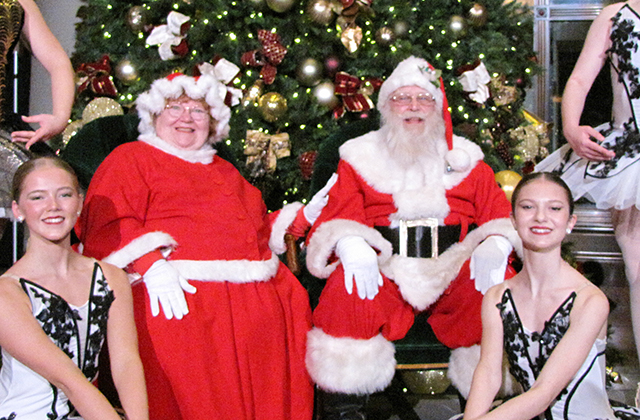 Holiday Santa Photos 2025
Holiday Santa Photos 2025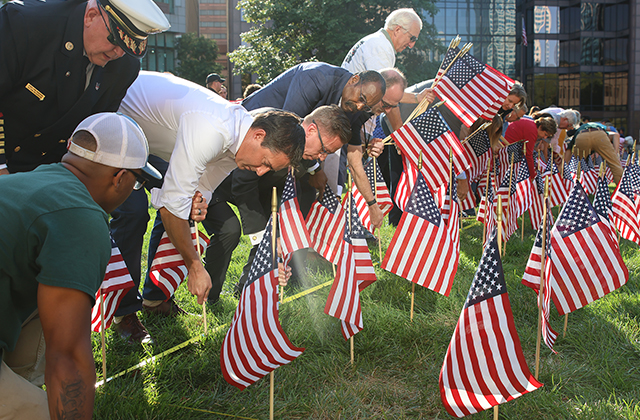 Flags for 9-11 in 2025
Flags for 9-11 in 2025 2025 Volunteer Appreciation Dinner
2025 Volunteer Appreciation Dinner America 250-Ohio
America 250-Ohio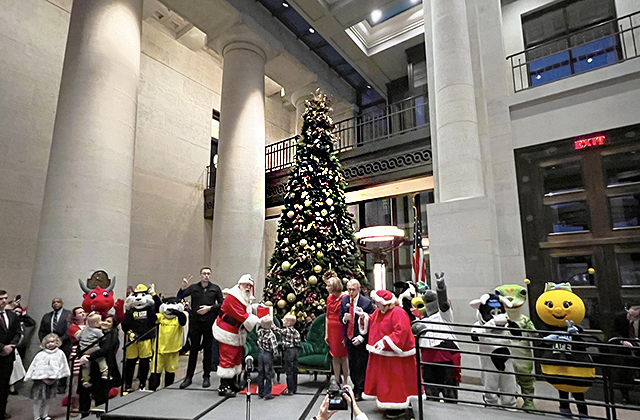 Holiday Festival and Tree Lighting 2024
Holiday Festival and Tree Lighting 2024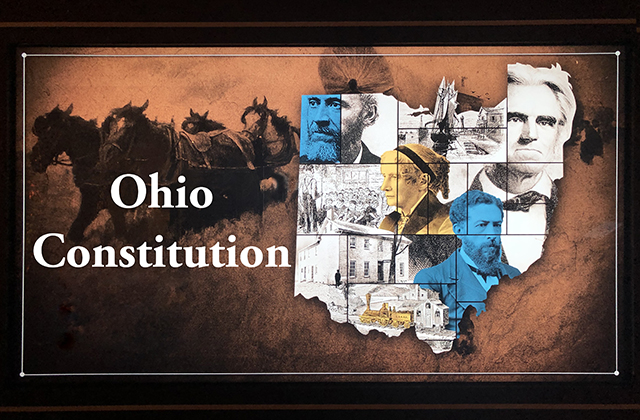 Ohio Constitution Videos
Ohio Constitution Videos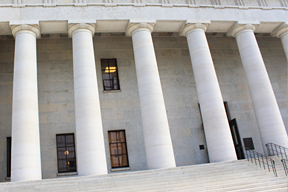 Ohio Statehouse Videos
Ohio Statehouse Videos







